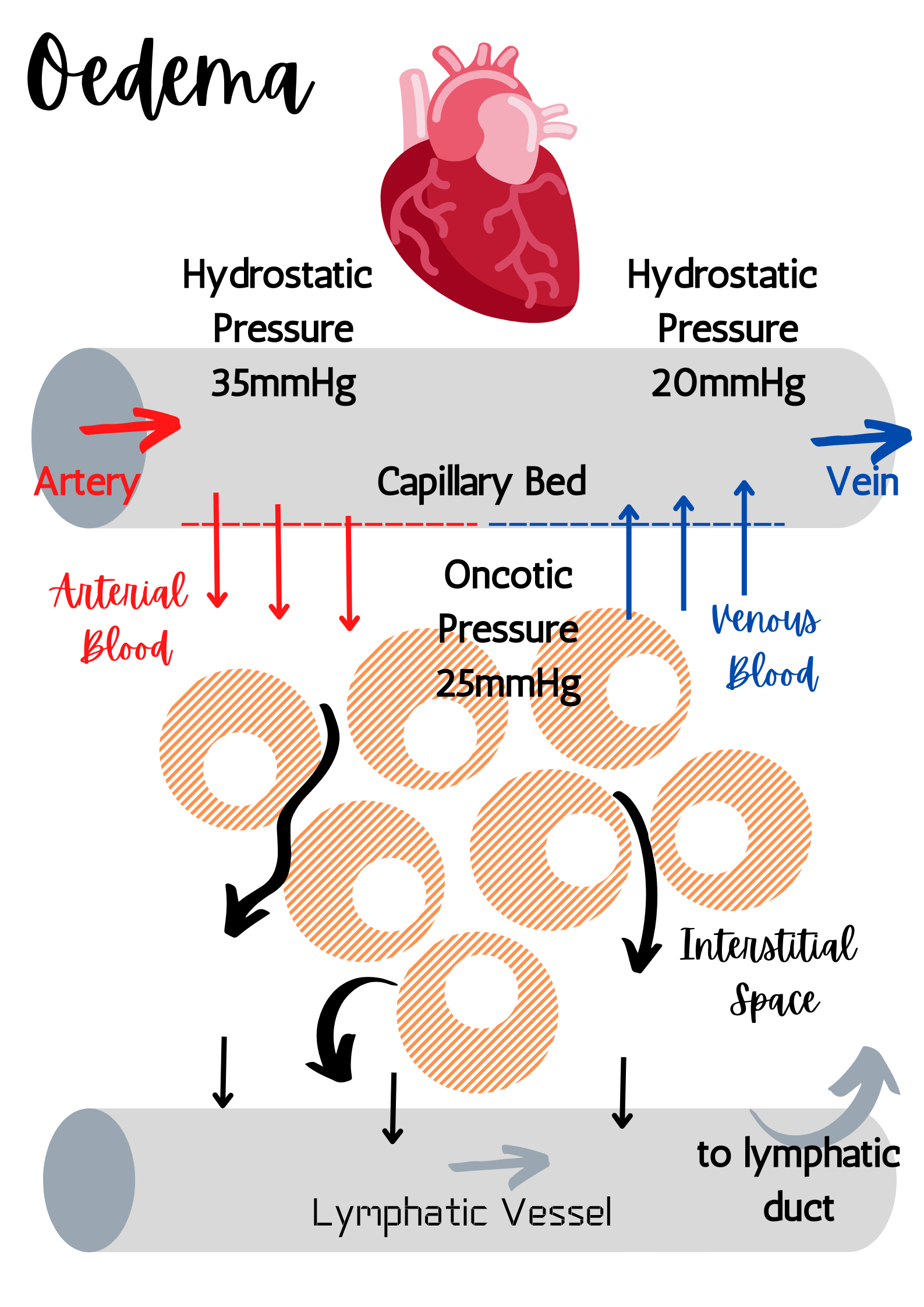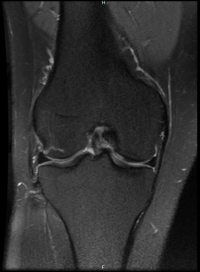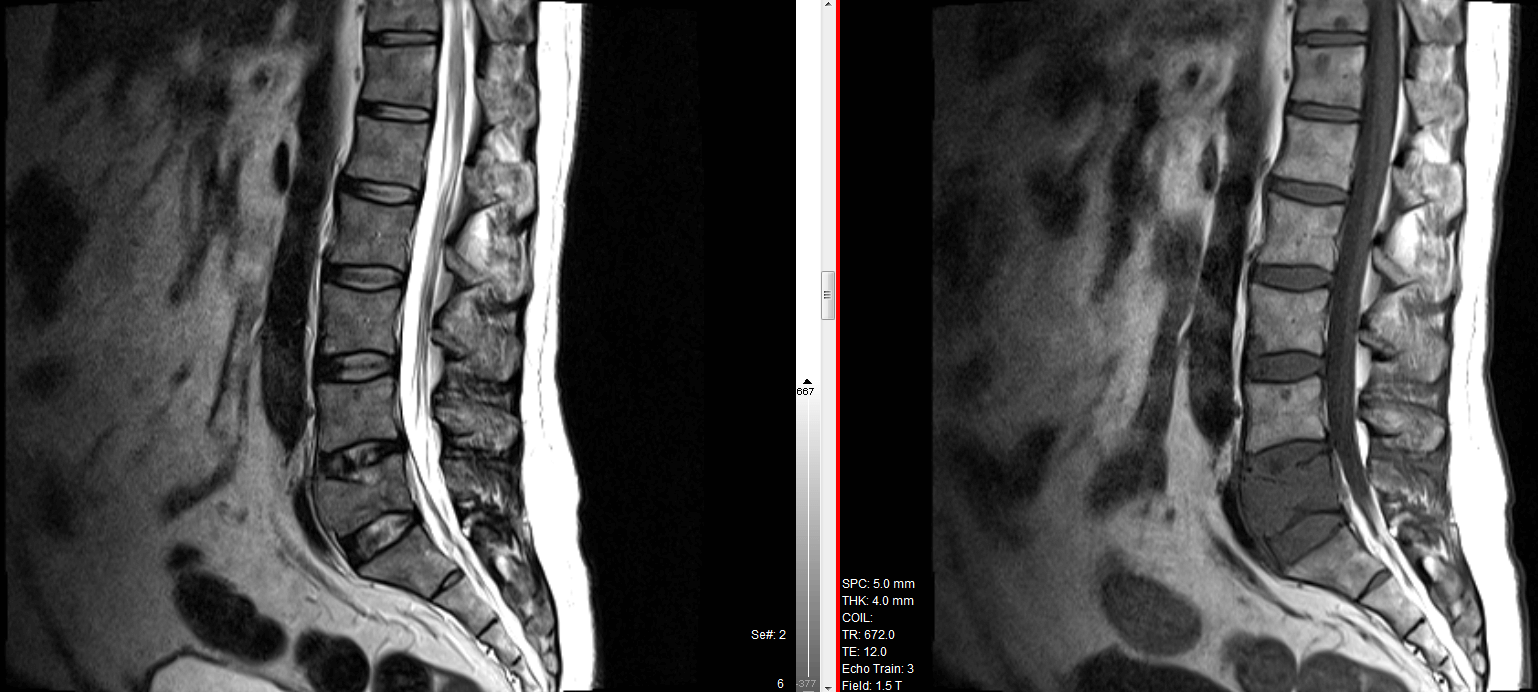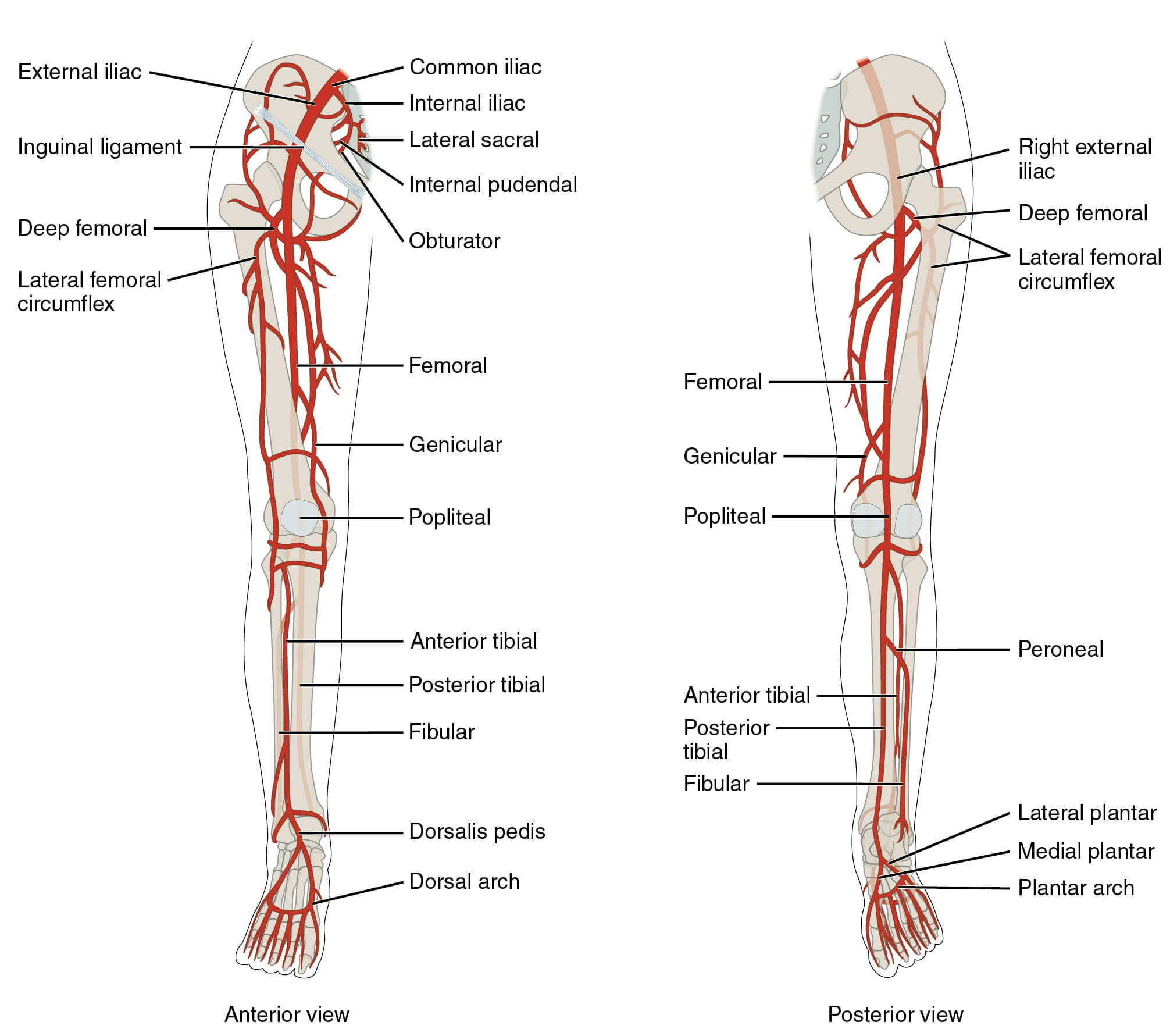Heart - at the level of heart the BP is 120 mmHg. By the time it reaches the periphery it reduces to around 35 mmHg which is termed the Hydrostatic pressure. It reduces further at the venous end and drops down to approx 20 mmHg.
- Hydrostatic Pressure (Arterial end): 35 mmHg
- Hydrostatic Pressure (Venous end): 20 mmHg
Four things that are imperative to understand in the process of oedema are
- Hydrostatic Pressure,
- Oncotic Pressure,
- Capillary Endothelium,
- Lymphatic System.
Hydrostatic pressure at capillary level is 35mmHg which pushes the fluid into interstitial space. Oncotic Pressure (or colloid osmotic pressure which is due to the concentration of proteins in the blood mainly albumin) is 25mmHg. At venous end of the capillary the hydrostatic pressure is around 20mmHg. This causes the fluid to be pushed back into the capillary and thus into the venous system. Not all of the fluid is pulled back. The surplus interstitial fluid is returned to the venous supply via the lymphatic system. Any disturbance to this mechanism can cause oedema.
- So hyperension will cause an increase in hydrostatic pressure thus causing oedema.
- Injury to the capillary endothelium will cause it become more porous thereby causing an extravasation of protein along with cells into the interstitial space thus causing oedema. This also happens in inflammation. Histamine and prostaglandins are mediators in this process.
- Right sided heart failure will increase the hydrostatic pressure at the venous end as it increases back pressure which will not allow the interstitial fluid to come back into the circulation. This will also happen if there is a blockage of a vein i.e. DVT.
- Liver problem which causes a reduction in production of albumin will cause a fall in colloid osmotic pressure.
- Finally a blockage of lymphatic system i.e. tumour or removal of part of lymphatic system such as lymph nodes in breast cancer will cause a build of interstitial fluid over a period of time thereby causing oedema.

Causes of Oedema
Increase in Hydrostatic Pressure
- Hypertension
- Right sided heart failure - causes peripheral oedema
- Left sided heart failure - pulmonary oedema
- Something blocking the vein such as DVT - deep vein thrombosis, or compression of vein or something obstructing inferior vena cava
Oncotic Pressure
- Oncotic Pressure (also called colloid osmotic pressure) is maintained by negatively charged protein in blood. This attracts water. Role of albumin is to maintain this pressure so that fluid does not extravasate into the tissues. It also pulls fluid from the interstitial space into the blood vessel (via the process of osmosis). Reduction of albumin protein in intravascular space can therefore cause oedema. Proteins are produced in liver. So in liver disease there is reduced production of proteins. This can also happen in malnutrition or malabsorption.
- Renal disease can also cause loss of protein in the urine (Proteinuria) which again can lead to oedema.
Capillary Endothelium
Anything that disturbs the integrity of endothelial wall causes the protein to leak out thus affecting oncotic pressure. This can happen in
- vascular injury - such as surgery
- Inflammation - inflammatory factors increase the permeability of the blood vessels and also cause it to dialate.
Lymphatic System
- Tumour
- Lymphoedema
- surgical removal of part of lymphatic system - breast cancer - removal of lymph nodes.





